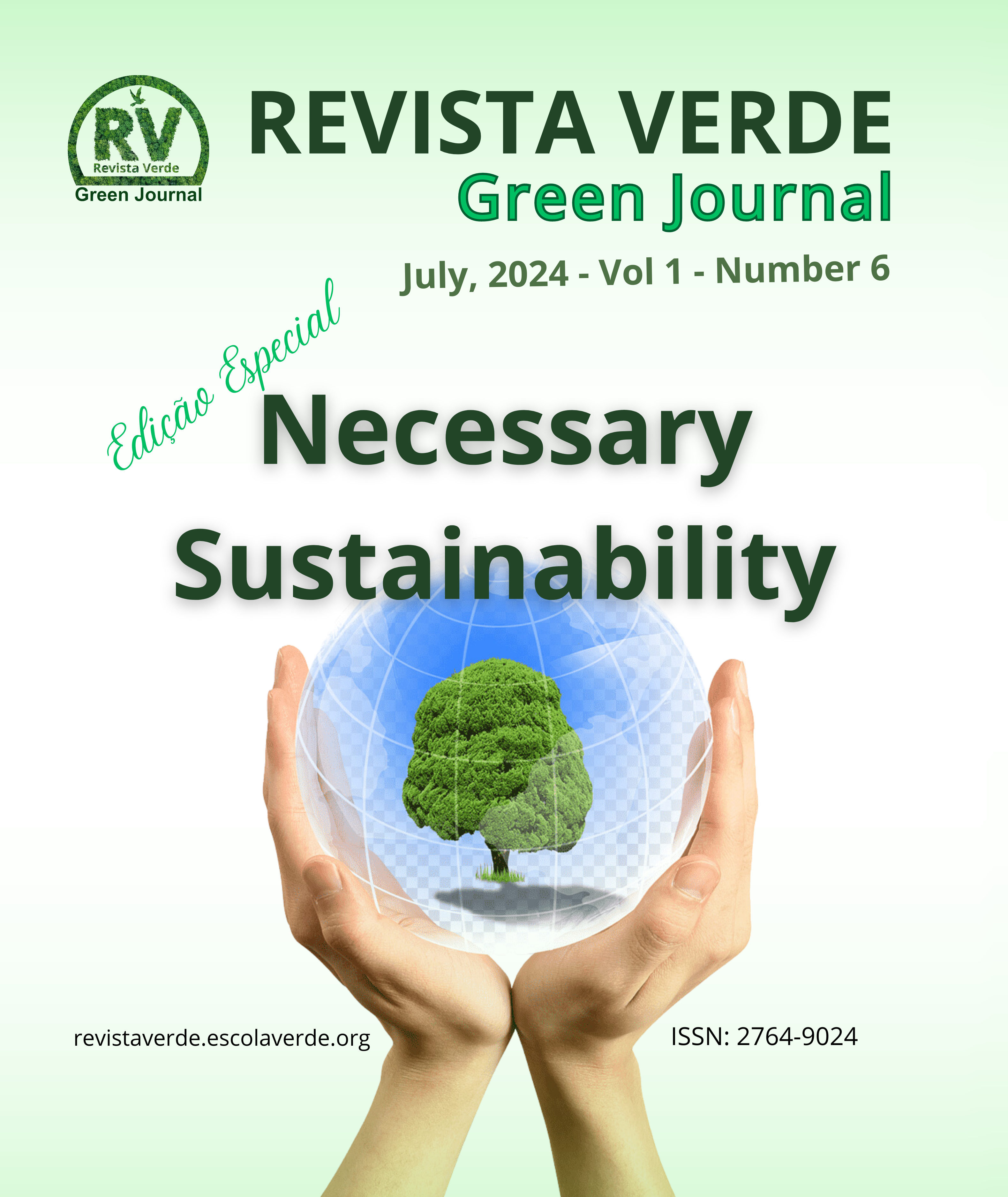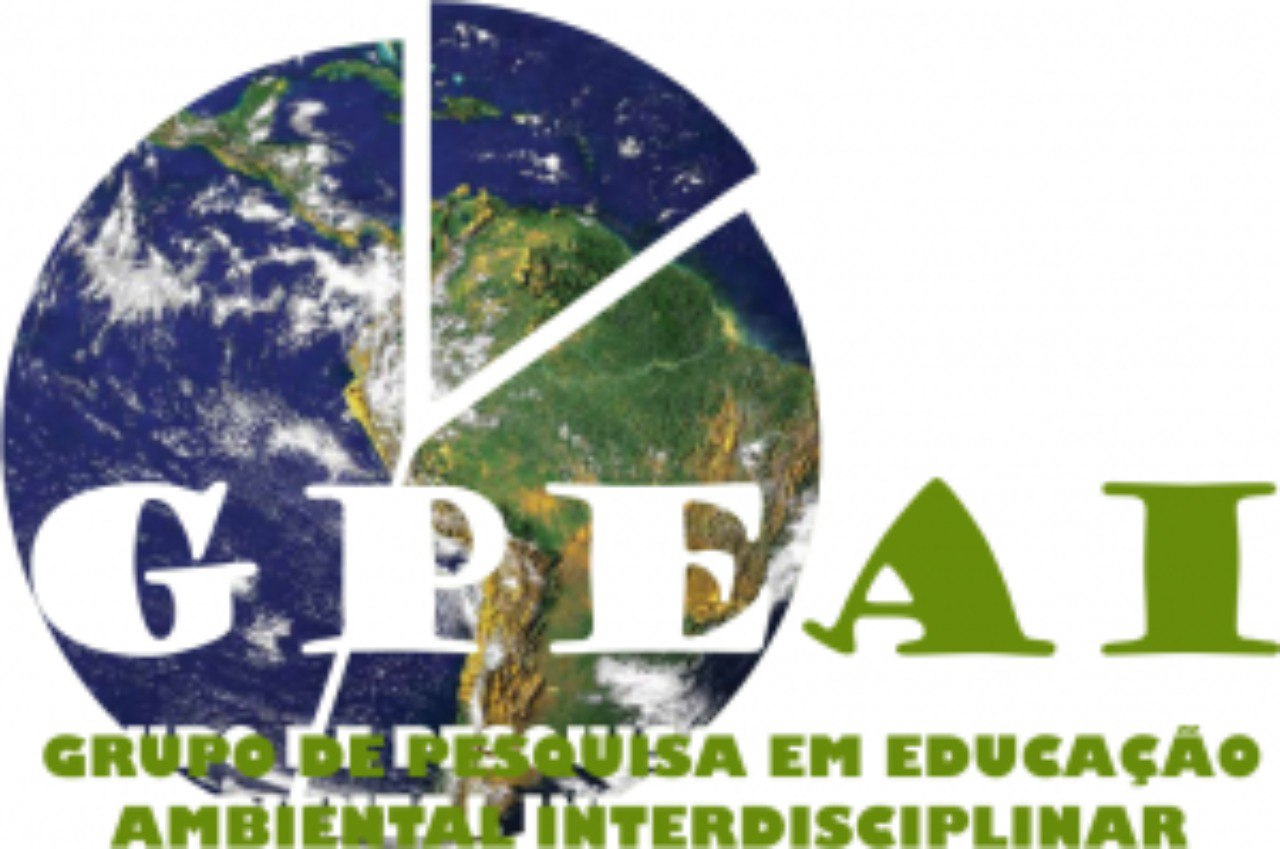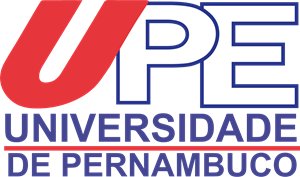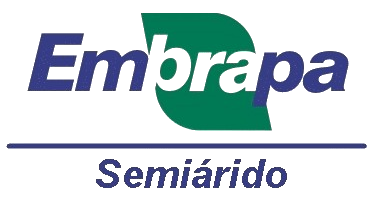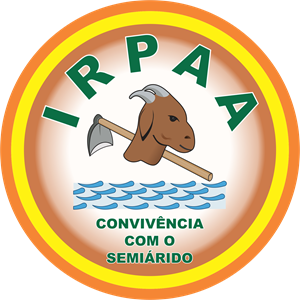Technical-scientific methodology for participatory geoenvironmental characterization of agroecosystems in the brazilian semi-arid region
DOI:
https://doi.org/10.5281/zenodo.12786288Keywords:
geownvironment, landscape analysis, family farming, soilsAbstract
Due to the look of information about geoaenvironmental conditions of their properties, farming families are often unaware of the benefits of public policies to which they are entitled. Because of this, it is important to know the environment where they live to identify the opportunities and potential that exist in each place, with a view to a productive agroecosystem. The set of information and alternatives, supported by an illustrated dynamic of some of the representative spaces, makes up what we call “participatory geoenvironmental characterization”. This methodology can be used and adapted by agricultural technicians and/or extensionists who work in rural areas and have the opportunity, together wth farmers, to generate a record of the geoenvironmental characterization of their properties. The objective of the present work is to develop and test the participatory methodology of geoenvironmental characterization in the construction of the description of the rural space where agroecosystems are located, aiming to support decision-making regarding the productive activities of family-based farmers in the Brazilian Semiarid region. In the geoenvironmental characterization process, a diverse set of information, tools, techniques and elements was gathered, allowing dialogue between the technical work team and farmers. This dialogue resulted in the generation of a sequence of actions appropriate to each situation, with its own validation, in representative environments of the Brazilian Semiarid region. Two different geoenvironments were worked on, the methodology being tested in each of them and, in the end, validated with the results. It was found that one of the geoenvironments is made up of two agroecosystems, while the other is made up of four agroecosystems. All agroecosystems had indications for use and recommendations for agricultural practices, aiming for agricultural production in a rational and sustainable way. The results found may be part of a geoenvironmental characterization prioritization matrix, serving any extensionist who needs to apply the methodology, adapting it to their reality.
Downloads
Downloads
Published
Issue
Section
License
Copyright (c) 2024 Green Journal

This work is licensed under a Creative Commons Attribution-NonCommercial-NoDerivatives 4.0 International License.

